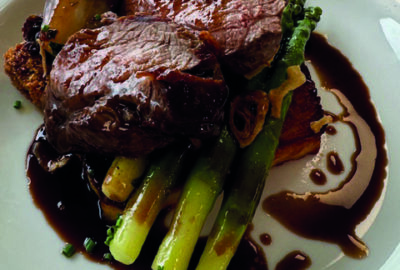In 1982, Madhur Jaffrey hit the TV screens in the UK and alongside her book – Indian Cookery, inspired a new generation to cook real Indian dishes from scratch. Not someone who had cooked from childhood, Madhur was born in Delhi with servants cooking the food and the women of the house supervising.
On moving to the UK in the 1955 to pursue her dream of acting at the Royal Academy of Dramatic Arts (RADA), Madhur was shocked at the standard of the British and Indian food available at the time. She wrote home, requesting from her mother the recipes from her childhood. At the time she didn’t know this would later shape her life.
Following a move to New York where she fulfilled her dream of starring on Broadway as well as featuring on the big screen, Madhur began writing for a selection of food and travel magazines. From here, her path to her place as the world’s most well-known Indian food writer took off.
Now with over 30 cookbooks to her name, Madhur Jaffrey continues to be synonymous with Indian cuisine. The 40th anniversary edition of her iconic Madhur Jaffrey’s Indian Cookery is now available with 11 new recipes and gorgeous illustrations.
“As I look through this book that I wrote forty years ago, I am surprised to note how little I would change were I writing it today” says Madhur. “It’s not that Indian eating fashions do not vary over time. They do. Foods come into style and go out again, certain foreign influences are strong at one time, then others take over. Some changes and additions are accepted permanently. But what really sustains India are those reliable, trustworthy, dependable meals that are cooked at home daily.”
“Indians eat dal every single day, sometimes with rice and sometimes with an Indian flatbread. We have learned from our ancestors – and now science has proven their wisdom correct – that simple combination of dal, a grain and a little yoghurt or buttermilk make up the perfect protein, which even the poorest Indian needs to survive decently. This is the dal I ate first as an infant, and this is the dal that I hope to eat until the end of my days. Of all the dals it is the easiest to digest and so is suitable for the young, the old and everyone in between. Dal is nearly always finished off with a tarka, a final seasoning.”



